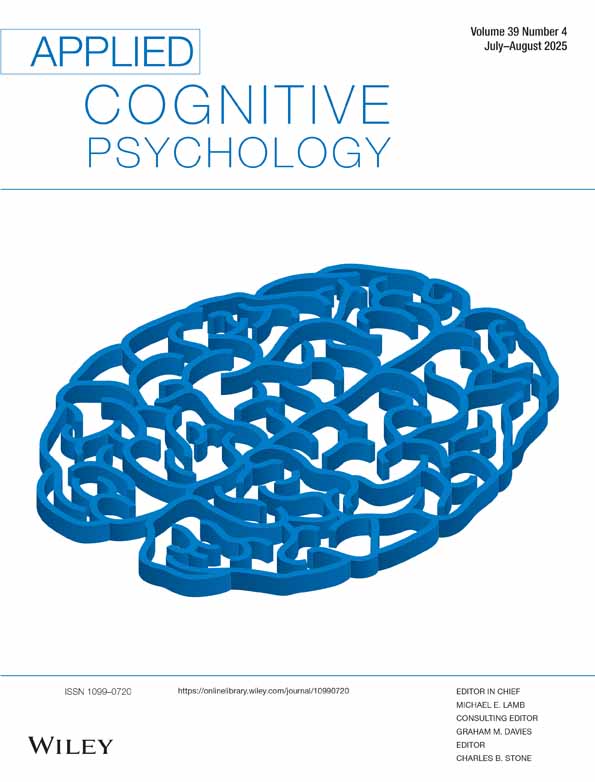Sexual Assault Nurse Exams and Patients Under the Influence: A Qualitative and Quantitative Snapshot
Funding: This research was supported by the Society for the Psychological Study of Social Issues (awarded to the first author), and the American Psychology and Law Society (awarded to the first and third author). This project also received funding through a donation from Eric Lipoff.
ABSTRACT
An estimated half of sexual assault cases involve victims under the influence of alcohol and/or drugs at the time of the assault. In these cases, sexual assault nurse examiners (SANEs) play a crucial role in providing care to victims and collecting forensic evidence. This study surveyed (n = 112) and interviewed (n = 58) SANEs across the United States to collect frequency estimates of patients under the influence, as well as robust qualitative narratives of their experiences, challenges, and needs working with this population. We found that alcohol, marijuana, and methamphetamines were the most common substances encountered in patients seen by SANEs. Qualitative analyses revealed that SANEs lack standardized training and protocols for forensic evidence collection from this vulnerable group, including exam consent and information-gathering guidelines. SANEs reported that intoxicated patients posed unique challenges, particularly in patient interactions and behavior. While SANEs saw themselves as educators throughout the case process, they emphasized the need for more best practice training and clear guidelines to ensure effective care for these patients.
Conflicts of Interest
The authors declare no conflicts of interest.
Open Research
Data Availability Statement
The data that support the findings of this study are available on request from the corresponding author. The data are not publicly available due to privacy or ethical restrictions.




